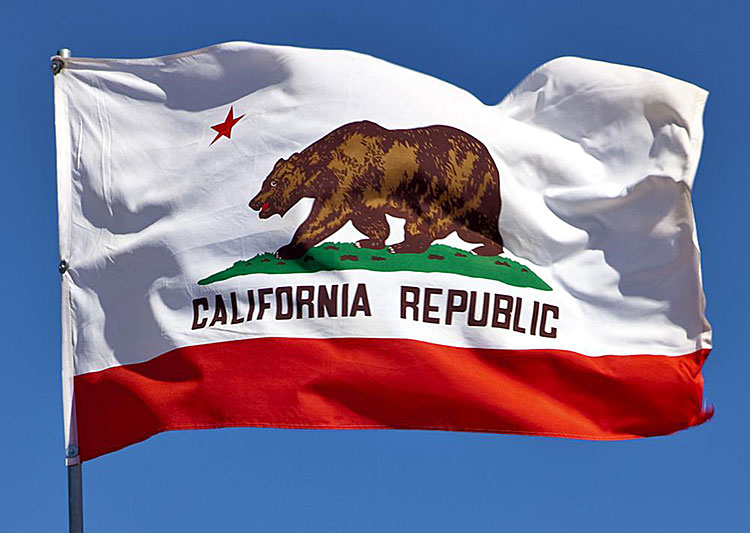By Bruce McPherson

Politics
Climate Change threatens state’s future
Global emissions of greenhouse gases are raising air and water temperatures as well as sea levels with serious consequences for California. The sea level is predicted to rise 12 to 55 inches by 2100 in California’s most populated areas and the frequency of extreme events such as droughts, heat waves, wildfire and floods is expected to increase. In the face of these threats, California has emerged as a leader in global efforts to reduce greenhouse gases and is on track to meet the state’s 2020 emissions target.
California’s economy is strong, but…
California’s water management challenges
California will need to modernize dams, rethink flood risk exposure and, at the same time, be better prepared for the next drought. And while new law regarding the management of groundwater is likely to improve management of those basins, it will be challenging for those who rely heavily on groundwater to limit water pumping to sustainable levels.
Population will continue to grow
No other developed region of similar size anywhere in the world has sustained so much growth over such a long period as California. Equally remarkable has been the increasing diversity of our state population. California is home to large groups of immigrants from more than 60 countries and no race or ethnic group constitutes a majority of the state’s population.
Growth rates have slowed in the early 21st century, but even so, the number of people added to the state’s population has been substantial — an average of 330,000 new residents each year between 2011 and 2017. By 2030, California’s population is projected to reach 44 million. But migration will account for only a small share of growth — a big change from previous years. Inland areas are expected to grow at higher rates.
California is home to more than 10 million immigrants — about one-fourth of the foreign-born population nationwide. A majority of immigrants in California are legal residents — about half are naturalized US citizens and another 26 percent have green cards, visas, or some other legal status. Still more than 2 million undocumented immigrants live in California — about a quarter of the national total and more than 6 percent of the state’s population.
Immigrants are integral to California’s workforce — already three of every 10 highly educated workers in California are immigrants. PPIC has projected that California faces a workforce skills gap and needs to increase the number of adults with bachelor’s degrees by an additional 1.1 million to meet workplace demands by 2030.